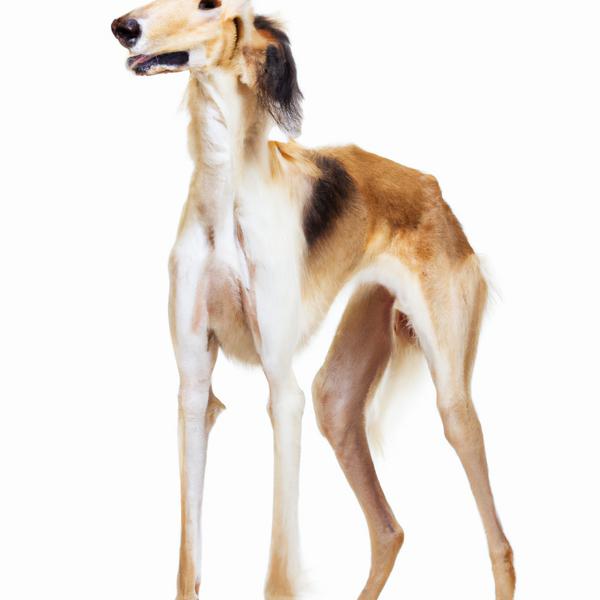Saluki vs. Tibecot: Breed Differences and Similarities
Hypoallergenic
Are Salukis or Tibecots hypoallergenic, or neither?
Unfortunately, the Saluki is not hypoallergenic, making it not a good choice for a dog lover who suffers from pet allergies.
While no dogs are truly 100% hypoallergenic, Tibecots are about as close as it gets, making them an ideal pet if you are an allergy sufferer.
Temperament
What are the personalities of Saluki and Tibecot dogs?
Aloof
Quiet
Loyal
Intelligent
Reserved
Playful
Energetic
Sensitive
Intelligent
Affectionate
Lively
Gentle
Trainable
Reserved
Vocal
Amiable
Shedding Level
Do Salukis shed more than Tibecots, or which breed sheds more, Salukis or Tibecots?
Salukis shed very little hair, making them a great choice for those who dislike excess hair in the house.
Tibecots are low shedding dogs, requiring minimal coat care.
Ancestry
What are the origins of Saluki and Tibecot breeds?
sighthound, greyhound-like dog
Tibetan Terrier, Coton de Tulear
Date of Birth
When were Saluki and Tibecot breeds first developed?
2100 BC
Unknown
Eye Color Possibilites
What are the eye colors of Saluki and Tibecot dogs?
Brown
Brown
Nose Color Possibilites
What are the natural nose colors of Saluki and Tibecot?
Black
Black
Coat Color Possibilites
What are the natural colors of the coat for Saluki and Tibecot breeds?
White
Fawn
Cream
Red
White
Black
Pied
Fawn
Brindle
Sable
Coat Length
What is the typical coat length for Saluki and Tibecot breeds?
The coat of Saluki and Tibecot dogs falls in the medium-length category.
Coat Density
What is the density of the coat of Saluki and Tibecot?
Coat Texture
What is the hair texture of Saluki and Tibecot?
Straight
Litter Size
What is the usual litter size for Saluki and Tibecot?
A Saluki can have a litter of 12-14 puppies on average. However, it's worth noting that the size of the litters can vary greatly. Factors that can influence litter size include the health of the mother, breeding history, and genetics.
A Tibecot can have a litter of 4-6 puppies on average. However, it's worth noting that the size of the litters can vary greatly. Factors that can influence litter size include the health of the mother, breeding history, and genetics.
Adaptability
Saluki and Tibecots are known for their adaptability and versatility. They are capable of adapting well to a wide range of lifestyle changes and living environments, making them great companions for families and individuals of all lifestyles.
Health Issues
Between Saluki and Tibecot, which breed is more prone to health problems?
Saluki and Tibecot breeds are generally considered to be healthy. However, like all breeds, they are susceptible to certain health issues and it is important to keep an eye out for them and address them with your veterinarian as needed.
Major Concerns
What are the major health concerns for Saluki and Tibecot breeds?
Heart Problems
Cancer
Patellar Luxation
Lens Luxation
Progressive Retinal Atrophy (PRA)
Minor Concerns
What minor health issues should be kept in mind when owning Saluki and Tibecot?
Allergies
Anesthesia Sensitivity/Allergy
Cataracts
Canine Hip Dysplasia (Chd)
Hypothyroidism
Cerebellar Abiotrophy (Ataxia)
Occasional Tests
What occasional tests are recommended for Saluki and Tibecot breeds?
Cardiac
Blood Test
Physical Examination
Eye Examination
General Physical Examination
Hearing Tests
X-rays or other radiographic imaging
Thyroid Panel
Social Needs
Saluki vs Tibecot social needs comparison
Saluki has average social needs and is less independent than other breeds.
Tibecot has above average social needs and thrives with interaction with humans and other dogs.
Sleeping Need
Which of the two sleeps the most/least: Saluki or Tibecot?
Salukis are active and require sufficient sleep to stay healthy.
Tibecots sleep less than other breeds but still need adequate sleep for good health.
Mouthiness
Mouthiness Comparison: Saluki vs Tibecot?
Roaming urge
Saluki vs Labrador: Running away tendency?
Prey Drive
Saluki or Tibecot - which breed has a higher level of prey drive?
Activity Level
Which breed has higher energy, Salukis or Tibecots?
Both Saluki and Tibecot are medium-energy dogs that enjoy socializing and playing with other dogs. They may engage in casual or sustained games of chase, and occasionally have bursts of barking or racing around the house.
Tolerance of being left alone
Walks per Week
How many miles should Saluki or Tibecot walk each week?
There's really no limit to how far you walk your dog as long as they're comfortable. For Saluki, it's at least 9 miles / week. Just remember to build distance and stamina gradually over time.
There's really no limit to how far you walk your dog as long as they're comfortable. For Tibecot, it's at least 7 miles / week. Just remember to build distance and stamina gradually over time.
Activity per Day
Do Salukis or Tibecots require more exercise?
In general most Salukis usually need at least 60 minutes of exercise daily. This can be spread across the day and include all sorts of high-energy activities, like walking, running and playing.
In general most Tibecots usually need at least 30 minutes of exercise daily. This can be spread across the day and include all sorts of high-energy activities, like walking, running and playing.
Grooming
Which breed is easier to maintain in terms of grooming, Salukis or Tibecots?
The Saluki is a low-maintenance breed that doesn't require much grooming.
Tibecots have high grooming needs, requiring regular trims and professional grooming assistance to keep their coat healthy.
Brushing Frequency
What is the recommended brushing frequency for Saluki and Tibecot dogs?
Saluki should be brushed at least once a week. Of course you can give them more frequent brushes if you find that they are still shedding a lot
Ideally, Tibecot should be brushed at least 2 or 3 times a week (preferably daily) improve shedding.
Brushing Tools
What brushing tools are used for Salukis and Tibecots?
Slicker Brush
Comb
Nail Clipper
Pin Brush
Comb
Deshedder
Scissors
Cups
How much food should be given to Saluki or Tibecot in cups?
For an average 45-65 pound (20 - 29 kg) Saluki feed 3 cups daily. But, keep in mind, the amount you feed is going to be dependent on the quality of the food you are feeding.
For an average 13-22 pound (6 - 10 kg) Tibecot feed 1 cups daily. But, keep in mind, the amount you feed is going to be dependent on the quality of the food you are feeding.
Daily Cost
Which breed has a higher daily cost, Saluki or Tibecot?
The average cost of a Saluki is somewhere $1.70 - $2.00 per day.
The average cost of a Tibecot is somewhere $1.10 - $1.40 per day.
Monthly Cost
Which breed has a higher monthly cost, Saluki or Tibecot?
The average per month expenses of a Saluki is between $48 - $63. This makes an average of $576 - $756 per year. It will be on the higher side when the dog is still small because it will need more frequent visits to the vet, shots.
The average per month expenses of a Tibecot is between $35 - $42. This makes an average of $420 - $504 per year. It will be on the higher side when the dog is still small because it will need more frequent visits to the vet, shots.
Sensitivity Level
How do Saluki and Tibecot compare in sensitivity?
These dog breeds are particularly attuned to its environment and the emotions of those around it. Saluki and Tibecot can be easily overwhelmed by loud noises, new environments, unfamiliar people, or animals. This dog breed is best suited for individuals or families who are patient, gentle, and understanding of its sensitive nature. It may also benefit from a calm and stable home environment, with a consistent routine and plenty of positive reinforcement training.
Apartment Friendly
Which breed is more apartment-friendly: Saluki or Tibecot?
Salukis and Tibecots are known for being excellent apartment dogs. They are fairly active indoors and will do okay without a yard.
Child Friendly
Do Salukis or Tibecots have a friendlier temperament towards children?
Saluki and Tibecot are kid-friendly dogs. They are good with children and excellent dogs with children if they are socialized and trained at a young age.
Senior-friendly
Which dog is more suitable as a pet for the elderly - Saluki or Tibecot?
Cat Friendly
Do Saluki or Tibecot breeds have a better compatibility with cats?
Salukis are somewhat cat friendly and can be trained to get along with cats.
Tibecots are good with cats, but early training is needed to prevent chasing behavior.
Dog Friendly
Which breed is more sociable with other dogs: Saluki or Tibecot?
Salukis are average in their friendliness towards other dogs, and socialization can help.
Tibecots are friendly and active companions, and can be good family pets, though their friendliness towards other dogs may vary.
Pet friendly
How do Saluki or Tibecot dogs interact with other pets?
Stranger Friendly
Which breed is more friendly with strangers: Saluki or Tibecot?
Salukis are averagely friendly around strangers but benefit from early socialisation.
Tibecots are friendly but may bark at strangers, and training is easy due to their intelligence.
Playfulness
Which breed is more playful between Saluki and Tibecot?
Salukis have an average level of playfulness, enjoying playtime like most dogs but not excessively so.
Tibecots are a playful breed that needs daily playtime to be happy.
Trainability
How do the trainability levels of Salukis and Tibecots compare?
Salukis are popular for their ease of training and quick learning ability.
Tibecots are usually easy to train but require consistency to fully obey commands.
Compare Saluki with other breeds
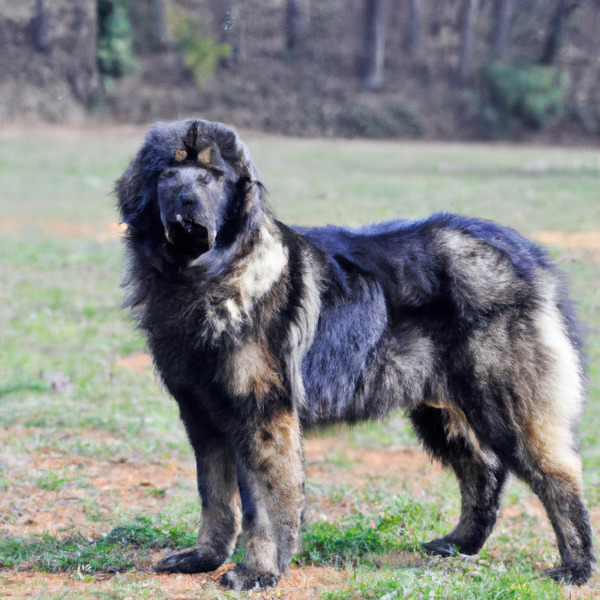
Sarplaninac
Saluki vs Sarplaninac
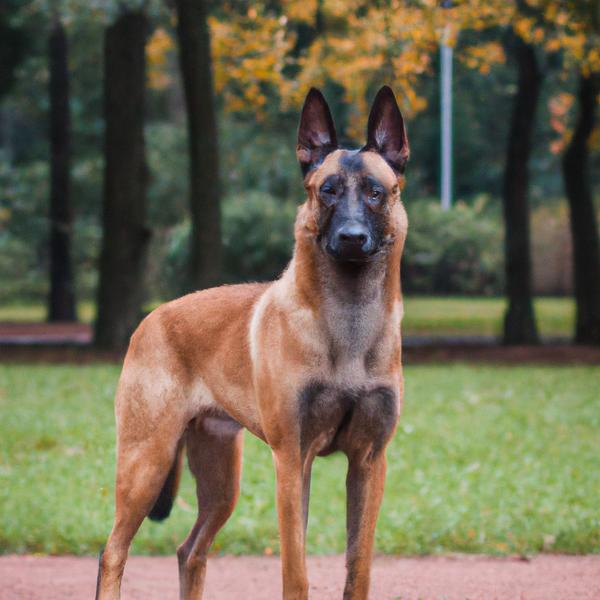
German Malinois
Saluki vs German Malinois
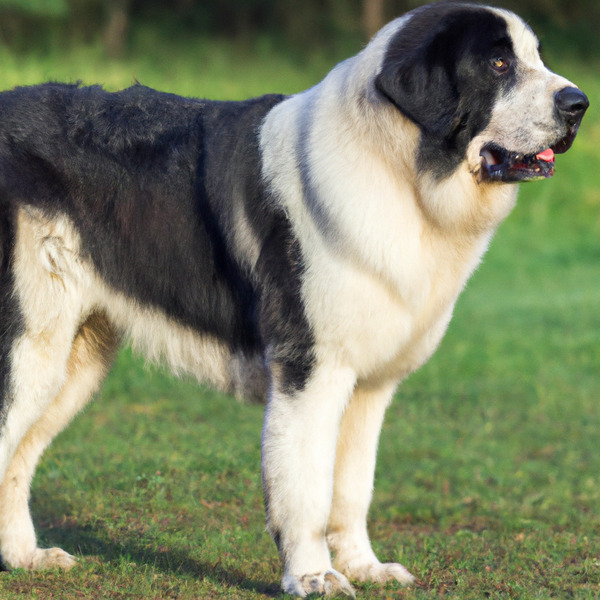
Karakachan
Saluki vs Karakachan

Miniature American Shepherd
Saluki vs Miniature American Shepherd
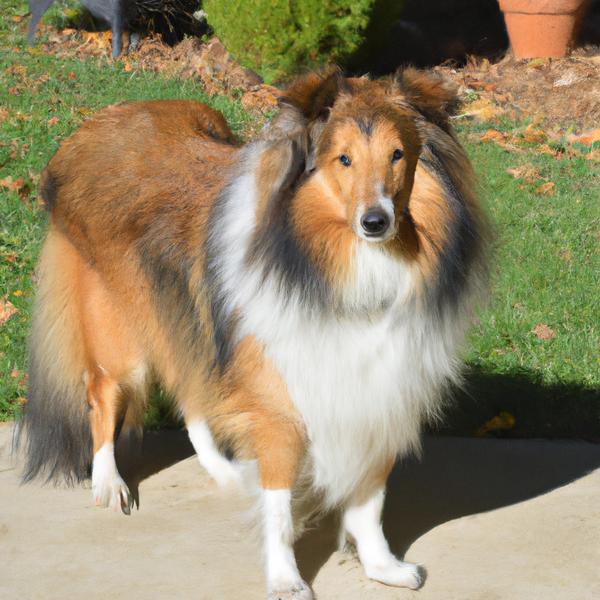
Gordon Sheltie
Saluki vs Gordon Sheltie
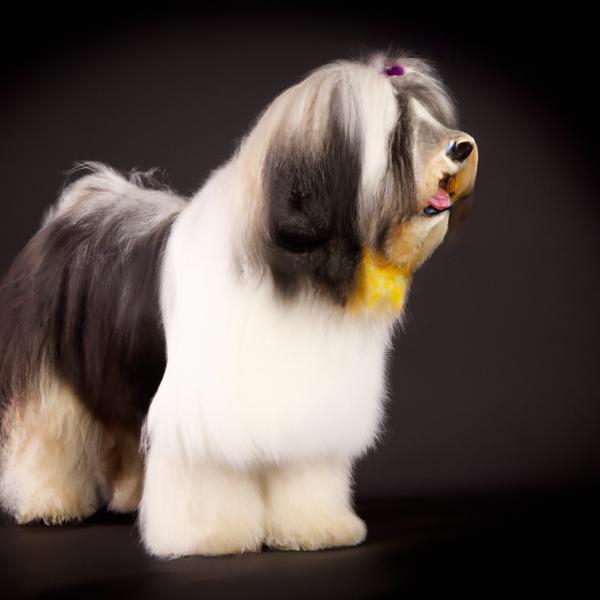
Tibecot
Saluki vs Tibecot

English Toy Chin Spaniel
Saluki vs English Toy Chin Spaniel

Pembroke Corswiss
Saluki vs Pembroke Corswiss

Patterbea
Saluki vs Patterbea
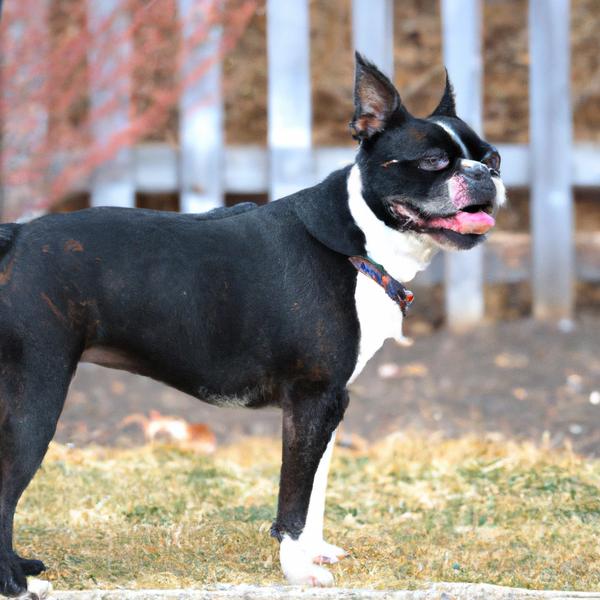
Bostie
Saluki vs Bostie

Beauceroodle
Saluki vs Beauceroodle
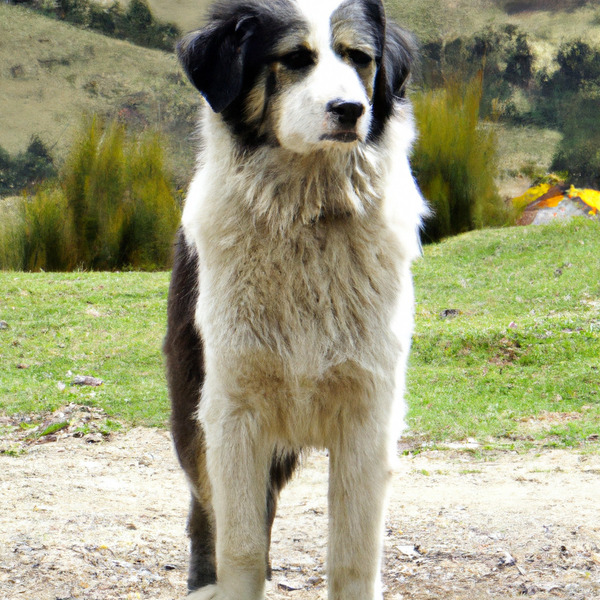
Mucuchies
Saluki vs Mucuchies
